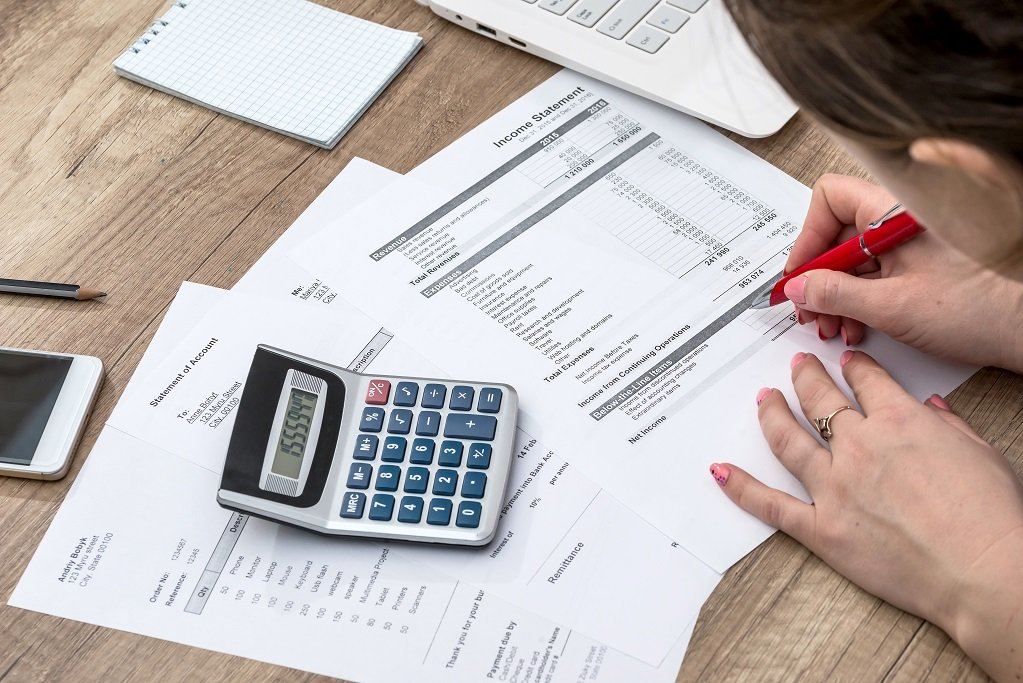The principle statements of an organisations’ financial performance include the balance sheet, statement of profitability, and the cash flow. These contain important performance indicators, and one of the most relevant part of financial statements is balance sheet. It provides summary of a business at a given point of time in the form of what resources are available to an entity and how they are financed.
Balance sheet becomes a crucial statement to understand and analyse to determine if an organisation is in good shape or struggling. Most often the users of a financial statements tend to conclude on the performance of an organisation by reading the Profit and Loss (P&L) statement while the fact remains that it is the balance sheet that provides greater insights on the financial position of an entity.
The P&L statement records only the comprehensive earnings and profitability of an entity. To illustrate, say that a company has a turnover of ₹200 crore with a profit of ₹20 crore which indicates that the entity has a profit of 10 per cent and is performing well. Now, if one has access to the information that the entity has trade receivables of ₹125 crore, the additional information would make one delve a little deeper together with the notes, could give you vital information. Now assume that one observes that dues for more than 6 months is ₹100 crore. Your opinion on the company changes as the company has higher debtor days. If you have a high number of debtor days, this means that your business has less cash available to use.
Balance sheet summarises a company’s financial position at a point in time. It has four major sections — assets, liabilities, shareholder’s equity, and notes.
Assets
This section contains the asset accounts of the business, which is further subdivided into — current assets and non-current assets. Current assets are assets with an accounting life of less than one year and includes accounts such as accounts receivable, inventory, cash and cash equivalents, and advances. The current assets form the basis of the working capital of the company. Non-current assets on the other hand are assets with a useful life of more than one year and include accounts such as property, plant equipment, land, goodwill
Liabilities
This section contains the liability accounts, that is amounts dues to others, and further subdivided into — current liabilities and non-current liabilities. Current Liabilities dues that are payable in less than a year and comprise of accounts like accounts payable, unearned income, current portion of long-term debt. Current liabilities form the other end of the working capital of the business. Non-current liabilities are due with an accounting life of more than one year which includes items such as long-term debt, lease obligations
Shareholder’s equity
The final section is shareholder’s equity. This section summarises the value that accrues to the equity holders in the business. It includes the paid-up share capital and the retained earnings generated by the organisation over the period.
How is it important?
The balance sheet is a very important financial statement for many reasons. It can be analysed independently or in conjunction with other statements such as the income statement and the cash flow statement to get a full picture of a company’s health. Some of the important financial performance metrics include:
Liquidity: Current assets should be greater than current liabilities, so the company can cover its short-term obligations. The Current Ratio and Quick Ratio are examples of liquidity financial metrics.
Leverage: Comparing debt to equity and debt to total capital that indicate the total amounts dues to external parties are common ways of assessing leverage on the balance sheet.
Efficiency: By using the income statement in connection with the balance sheet, it’s possible to assess how efficiently a company uses its assets. For example, dividing revenue by the average total assets produces the Asset Turnover Ratio to indicate how efficiently the company turns assets into revenue. This will indicate the number times the assets are turned over in a financial year. The higher the velocity or number of turns, the better it would be for the business.
Rates of Return: It can be used to evaluate how well a company generates returns. For example, dividing net income by shareholders’ equity produces Return on Equity (ROE), and dividing net income by debt plus equity results in Return on Capital Employed (ROCE).
In the final analysis a good balance sheet one that has assets than liabilities and shall possess most of the following attributes —smart working capital, positive cash flow, a balanced capital structure where there is balance with asset utilisation and source, and assets that generate income.
(The writer is with RVKS and Associates, Chartered Accountants.)
Source File :
https://www.dropbox.com/s/oistnf7gdy8ngj8/How%20to%20read%20a%20balance%20sheet%20-%20bloc.pdf?dl=0
